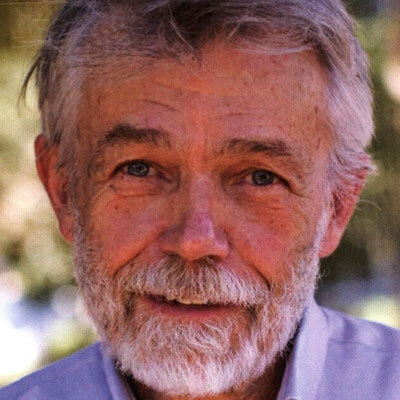Richard Simpson

Data Manager
Disciplines: Planetary Sciences
Degree/Major: Ph.D., Electrical Engineering, 1973, Stanford University
Curriculum vitae: Simpson CV.pdf
rsimpson@seti.orgDick Simpson became interested in radio wave propagation when he discovered nighttime AM broadcasts from distant stations while growing up in central New Hampshire. By the time he entered high school, he had obtained an amateur radio license, built his own station, and was communicating over those long distances in the early morning hours, much to the dismay of his younger brother with whom he shared a bedroom and who wanted to sleep.
After undergraduate years at M.I.T., he moved west for graduate work under Von Eshleman and Len Tyler in the Radioscience Laboratory at Stanford where he studied signals at microwave frequencies and what they could reveal about planetary surfaces, atmospheres, and rings. After completing his Ph. D., he was offered a research position at Stanford, which he left only in late 2020. Dick spent a year (over several trips) at Arecibo Observatory searching for Viking landing sites on Mars, studying the radar properties of Mars’ surface more generally, and looking at the unusual radar echoes from Galilean satellites. He has also been involved in the Voyager and Magellan missions as well as several recent missions to Mars. His research specialty is bistatic radar probing of planetary surfaces; but most of his current work focuses on preservation (archiving) of results from planetary radio observations with NASA’s Planetary Data System.
When not doing radio science, Dick is the volunteer coordinator for the Sierra Club’s four backcountry ski huts near Donner Summit and Lake Tahoe. He has been skiing since age 6, almost always in the backcountry. He was a founding member of California’s Sno-Park Advisory Committee and currently is on the board of directors of the Donner Summit Association, which seeks to revitalize what has been called “the most historically significant square mile in California and maybe the entire Western United States."
